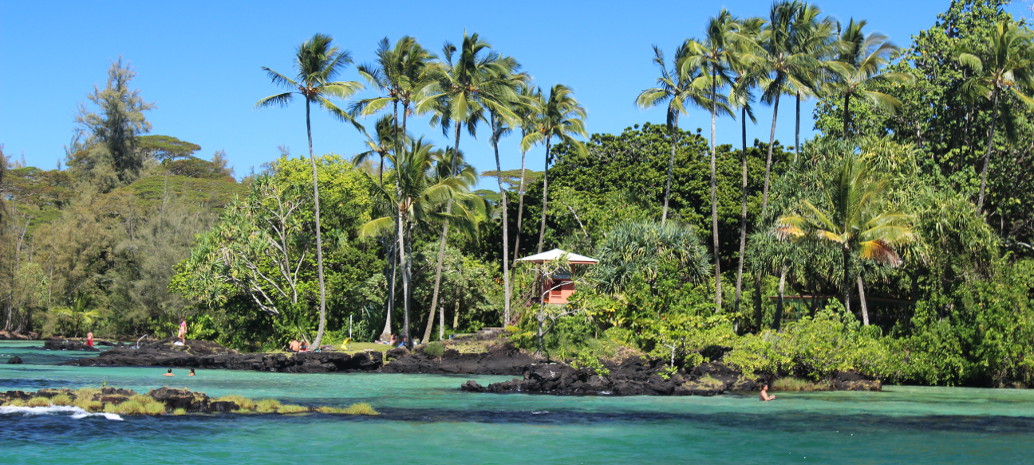According to the Hawaiian Electric Industries August 6, 2020 financials press release, its three utilities, HECO, HELCO and MECO, brought in 15.7% less revenue in the second quarter compared to the same period last year.
Part of that hefty decrease was due to the lower cost of fuel that the companies were paying, dropping from an average of about $88/barrel in 2019 to $62 this year in Q2.
More troublesome was the noticeable drop in kilowatt-hour sales, a Covid-19 consequence that shows little sign of improving over the months, if not longer, to come. And, creative regulatory accounting aside, on-going double digit drops in power sales present serious challenges to a company that is already being challenged on multiple fronts, from an extensive and hard-hitting management audit, denied base rate increases to the pending wholesale change in their business model with the imposition of a Performance Based Regulation (PBR) framework next year.
According to a recent report from the Brattle Group, the average drop in kWh sales across seven Independent System Operators (ISO) on the mainland for June was 3.2% compared to the average of the previous four years.
Over the course of the quarter, HECO experienced a reduction of 9.2% in kWh sales, HELCO 11.7% and MECO a whopping 24.5%, demonstrating the precariousness of Maui — in particular being so dependent on the constant influx of electricity-consuming visitors.
What can Hawaiian Electric do to adapt to this new reality of significantly lower revenue for an indeterminate length of time? And who is ultimately going to have to pay for the increased bad debt expense resulting from the suspension of disconnections as ordered by the Hawaii Public Utilities Commission and the increased operating expenses from Covid-19 measures? And how are the savings going to offset whatever is allowed to be collected?
The PUC allowed HECO and its subsidiaries to capitalize Covid-19 costs. But to actually recover those costs, along with bad debt expense, they will have to file a separate docket where the biggest question will be “whose risk is that?” Just capitalizing the expenses does not ensure recovery of them in rates, a position made very clear by the commission in its approval order.
Decoupling utility profitability from kWh sales
In decoupling electric utility profitability from kWh sales, starting in 2010, the Revenue Adjustment Mechanism (RAM) was designed to, amongst other reasons, provide Hawaiian Electric a reasonable rate of return even as their kWh sales declined due to energy efficiencies achieved and distributed generation (i.e., solar PV) across its service territories.
So yes, RAM was designed to recover policy-related energy efficiency and DG lost sales. But the real question is: was it meant to recover in rates at a future time the significantly lower power consumption from a natural disaster? Or should that be a shareholder risk?
HECO has stated that decoupling covers them for lost sales. But when it comes time to increasing rates to recover that booked revenue from lost sales, will the PUC agree? When this docket is open in the future, what should the posture of policymakers and the commission be regarding the recovery of Covid-19 costs from ratepayers instead of writing them off as an HEI shareholder cost? Was decoupling intended to guarantee a certain level of profitability no matter what or was it only intended to make the utility indifferent to changes in policy that could hurt its kWh sales?
RAM and other means of recovery for Hawaiian Electric were likely never conceived to make up for double digit sales drops due to a global pandemic. Especially in light of record numbers of ratepayers already struggling to pay their current electric bills, let alone bear the prospect of higher bills.
HECO is at the forefront of Covid-19 related issues for electric utilities because sales are down so much more than mainland utilities. The unique nature of PUC orders, decoupling and PBR will be a dramatic test of regulatory theory.
We are most definitely into unchartered waters here compared to anywhere else in the U.S. when it comes to dramatically different power consumption patterns and economic dislocation. Whoever we have navigating the way forward when it comes to energy and the reconceptualization of the state’s economy cannot be stuck in past modes of thinking or typical platitudes.
***
Marco Mangelsdorf has been in the renewable energy field for nearly four decades and is currently president of ProVision Solar. He has taught energy politics at UH Hilo and the University of California and is a director and secretary of the Hawaii Island Energy Cooperative, which seeks to convert the Big Island’s electric utility to a co-op.
The views and opinions expressed in this article are the author’s own, and do not necessarily reflect those held by pv magazine.
This content is protected by copyright and may not be reused. If you want to cooperate with us and would like to reuse some of our content, please contact: editors@pv-magazine.com.








By submitting this form you agree to pv magazine using your data for the purposes of publishing your comment.
Your personal data will only be disclosed or otherwise transmitted to third parties for the purposes of spam filtering or if this is necessary for technical maintenance of the website. Any other transfer to third parties will not take place unless this is justified on the basis of applicable data protection regulations or if pv magazine is legally obliged to do so.
You may revoke this consent at any time with effect for the future, in which case your personal data will be deleted immediately. Otherwise, your data will be deleted if pv magazine has processed your request or the purpose of data storage is fulfilled.
Further information on data privacy can be found in our Data Protection Policy.